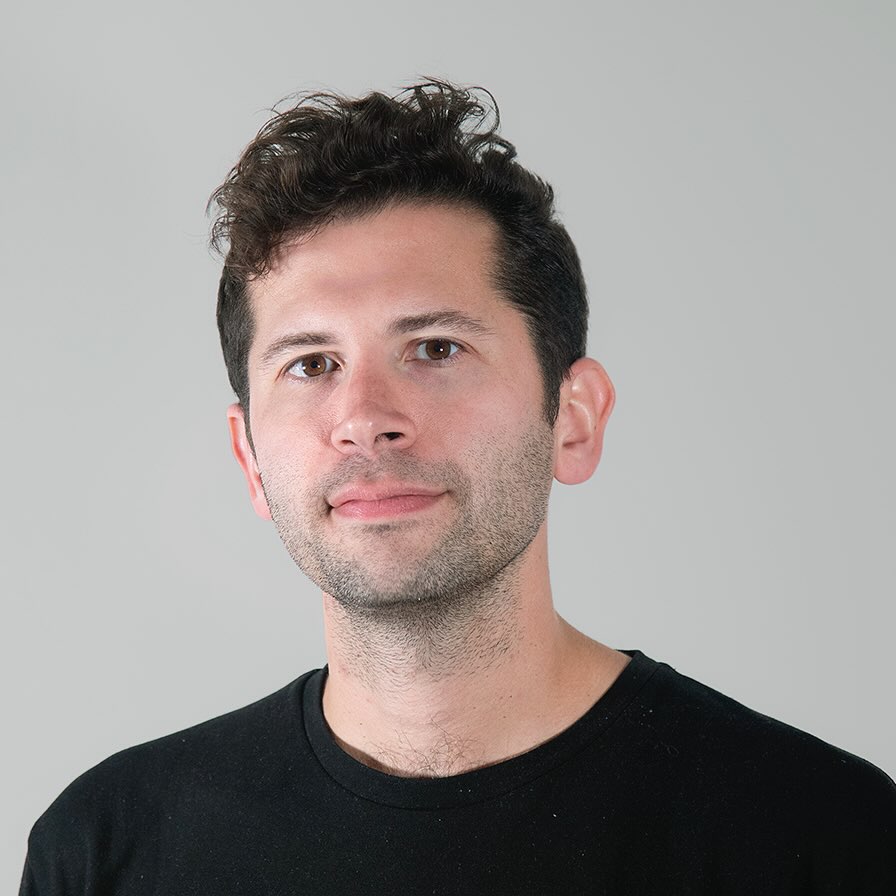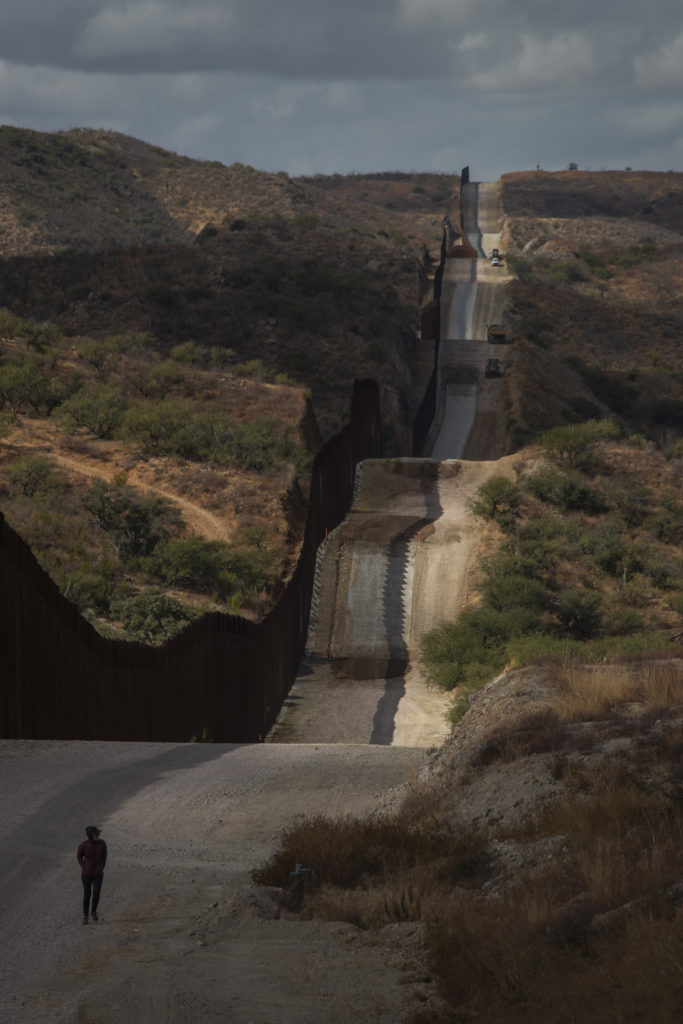By Charlie Snyder / Arizona Arts
School of Art alumna Denisse Brito, learning and engagement manager at the Center for Creative Photography, received the 2025–2026 Museum Impact Award – a national honor from the American Alliance of Museums – for her community outreach, audience engagement and mentoring.
In addition, Brito was named to the 2025 class of “40 Under 40” honorees — an inspiring group of Tucson-area young professionals who exemplify leadership, service and a deep commitment to community — by the Southern Arizona Hispanic Chamber of Commerce.
Brito (BFA ’14, Art & Visual Education) was one of eight individuals and four institutions recognized this year for the Museum Impact Award.
“I was surprised and thrilled,” said Brito. “It’s very rewarding to see the field recognize CCP’s community outreach work. To me, it signifies that building bridges with the community and offering access it’s important to the field. That is what makes my work purposeful and impactful; and I’m glad it’s affirmed.”

In its announcement, AAM highlights Brito’s work across Southern Arizona:
“Denisse collaborates with communities to create programs that reflect various perspectives and stories. She prioritizes engaging, educating, and inspiring curiosity, ensuring that museum content is accessible and relatable, encouraging deeper understanding and personal reflection. By incorporating multiple languages into her work, she helps visitors connect more deeply with the art and its context. Denisse advocates for mentorship, having mentored over 20 students in building practical skills for careers in the museum field.”
“Everyone on staff of the CCP is proud of Denisse’s accomplishments as Learning and Engagement Manger, and, as director I am very thankful for her efforts in making CCP programs welcoming for and accessible to folks beyond the campus walls in Tucson and beyond,” said Todd Tubutis, CCP Director.
Arizona Arts asked Brito about her role and accomplishments and why these areas of her work, including multilingual initiatives, community outreach, audience engagement and mentoring, mean so much to her.
Multilingual Initiatives
Developed fully bilingual (English/Spanish) exhibition experiences. Spearheaded the multilingual text for the exhibition The Place Where Clouds Are Formed in collaboration with Tohono O’odham Community College. Partnered with the Office of Native American Advancement and Tribal Engagement and the Chemehuevi Tribe to lead the Indigenous Language Sign Project.
Why it matters: “The multilingual initiatives are not just about translation; they are about invitation. By creating bilingual and trilingual exhibitions, this work acknowledges and validates the linguistic and cultural identities of many audiences. It ensures that Indigenous and Spanish-speaking communities see themselves represented and welcomed at CCP.”
Community Outreach
Built meaningful partnerships with communities across Southern Arizona, including Indigenous and Hispanic populations, co-creating culturally responsive programming.
Why it matters: “Community outreach builds trust. These collaborations demonstrate a shift from extractive models of engagement to mutual learning, which strengthens cultural relevance and belonging.
Audience Engagement
Increased CCP tour participation by 68%, demonstrating significant growth in public interest and accessibility.
Why it matters: “That kind of growth isn’t just about numbers, it’s a reflection of how connection and representation resonate.”

Student Mentorship
Mentored more than 20 University of Arizona students from varied academic and cultural backgrounds. Equipped students with foundational skills in museum education, programming, and community engagement.
Why It Matters: “Mentorship is about investing in the next generation. It opens pathways for those who might not have otherwise seen themselves reflected in these careers, while cultivating leaders who prioritize community and education.”
40 Under 40 Award
For Brito, being named a 40 Under 40 honoree “is more than just recognition — it is an affirmation of impact,” the Southern Arizona Hispanic Chamber said in a news release. “These individuals represent a diverse range of industries, from business and education to public service and the arts, yet share a common thread: their dedication to making Southern Arizona a better place for all.”
The 40 Under 40 Awards Breakfast will be held Aug. 25 at the Tucson Convention Center. The event will feature a keynote address by Olympic Gold Medalist Kerri Strug, a Tucson native and member of the legendary 1996 U.S. women’s gymnastics team, the “Magnificent Seven.” Strug’s vault on an injured ankle secured the first-ever Olympic gold medal for the U.S. women’s gymnastics team.
More on Denisse Brito
In fall 2024, Brito received the College of Fine Arts’ Excellence in Service Award for community engagement.
She also serves as co-principal investigator on two photovoice-based research projects supported by the University of Arizona’s Office of Research, Innovation & Impact (RII) and HSI Initiatives.
The first project, “The Arts, Health, and Binational Resilience,” was supported by the HSI Faculty Seed Grant Program. Students created visual narratives that explored immigration journeys through the U.S.–Mexico borderlands to generate dialogue around health and resilience.
The second project is “Building Health Resilience: Reflections on Care, Consciousness, and Community.” This exhibition at CCP was developed through an international collaboration with Universidad Sonora and Instituto Interamericano de Educación Superior para la Salud. It uses socially engaged art practices to spark conversations about health issues in Southern Arizona communities.


































































